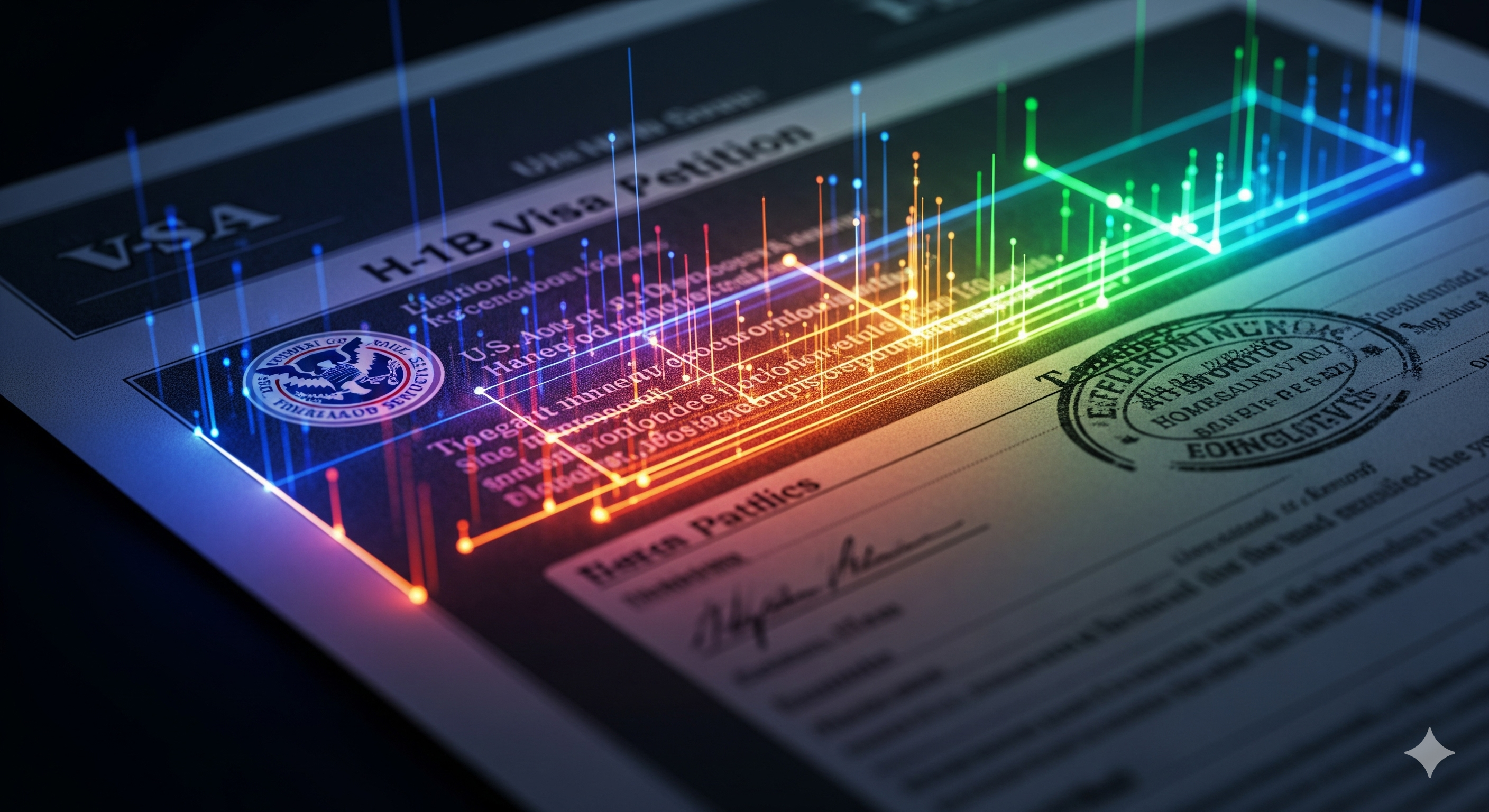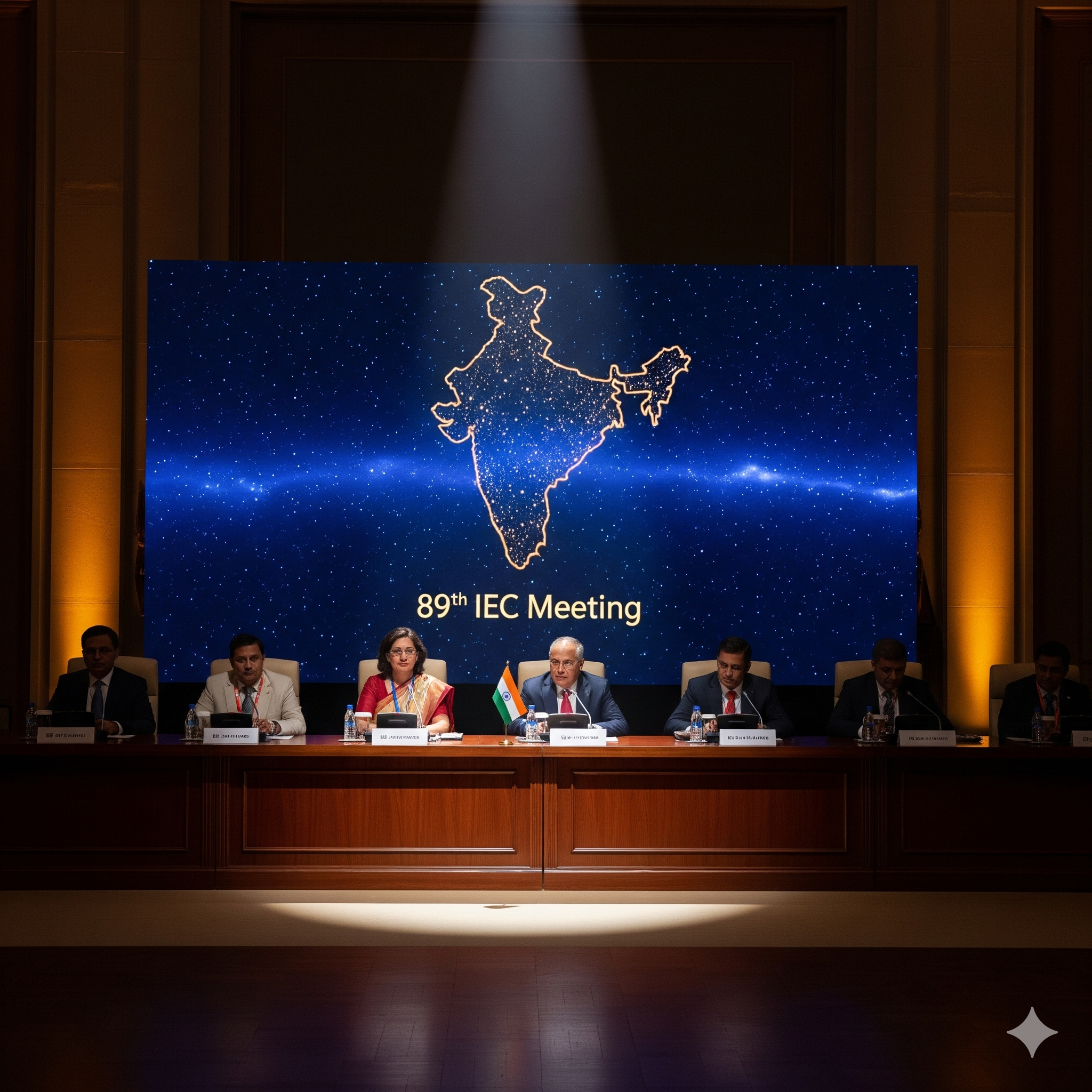Introduction
The H-1B visa has emerged as one of the most important non-immigrant visas in the United States, especially for skilled professionals in technology, engineering, healthcare, and finance. For decades, this visa has served as a gateway for global talent, particularly from India, to contribute to the U.S. economy while also benefiting their own families and home countries through remittances and knowledge exchange.
However, recent policy changes, fee hikes, and stricter conditions surrounding the H-1B visa program have raised concerns in India. Since India is the largest beneficiary of this visa, such developments affect not only individual professionals but also the broader economic and diplomatic ties between the two countries.
This article provides a comprehensive overview of the H-1B visa, its significance, why India is worried about the recent developments, and why the U.S. has increased its fees, along with the broader implications for global migration and economic relations.
What is the H-1B Visa?
The H-1B visa is a non-immigrant work visa that allows U.S. companies to employ foreign workers in specialty occupations requiring theoretical or technical expertise. It is particularly popular in industries such as information technology (IT), finance, engineering, healthcare, research, and architecture.
Key Features of the H-1B Visa:
- Specialty Occupation Requirement – The job must require at least a bachelor’s degree or equivalent in a specific field.
- Employer-Sponsored – The visa applicant cannot apply individually; they must be sponsored by a U.S. employer.
- Duration – Initially granted for three years, extendable up to six years. In some cases, if a green card process is underway, it can be extended beyond six years.
- Numerical Cap – The U.S. issues 85,000 new H-1B visas annually:
- 65,000 for general applicants.
- 20,000 for those with advanced degrees (Master’s or higher) from U.S. institutions.
- Dual Intent – Unlike many other visas, the H-1B allows holders to pursue permanent residency (green card) while working in the U.S.
Significance for the U.S.
- Provides companies with access to a global pool of talent.
- Strengthens sectors such as IT, healthcare, and engineering.
- Fills the skill gaps in the U.S. labor market.
- Drives innovation, particularly in Silicon Valley.
Why India is Concerned About the H-1B Visa
India is disproportionately affected by changes in H-1B visa policies because of the large number of Indian professionals who rely on this visa category.
1. Dominance of Indian Professionals
- Indian nationals consistently receive around 70% of all H-1B visas issued annually.
- Major Indian IT companies like Infosys, TCS, Wipro, and HCL rely heavily on H-1B visas to send employees to client locations in the U.S.
- The Indian diaspora in the U.S. has grown significantly due to this program, contributing to remittances and strengthening bilateral ties.
2. Concerns Over Stricter Regulations
- The U.S. government has periodically tightened rules, demanding higher wages, more documentation, and stricter eligibility checks.
- This makes it difficult for Indian companies to send mid-level employees on H-1B visas.
- Smaller firms in India, which cannot afford these costs, face challenges in maintaining their U.S. operations.
3. Brain Drain and Opportunity Costs
- Indian students often pursue higher education in the U.S. with the expectation of transitioning into H-1B jobs.
- If opportunities shrink, students may reconsider U.S. universities, affecting India’s higher education outflow and remittances.
4. Rising Costs
- Recent visa fee hikes mean Indian IT companies will have to spend millions of dollars more annually.
- Since the margins in outsourcing businesses are already thin, this added burden reduces competitiveness.
5. Impact on India’s IT Sector
- The Indian IT industry contributes over 7% to India’s GDP and employs millions.
- Reduced access to H-1B visas hampers client relationships in the U.S., which is the largest export market for Indian IT services.
- Companies may be forced to hire locally in the U.S. at higher salaries, increasing operational costs.
Why Has the U.S. Increased H-1B Visa Fees?
The U.S. government’s decision to increase H-1B visa fees has several motivations. These range from domestic political considerations to economic needs.
1. Protecting American Workers
- U.S. policymakers argue that the H-1B program, in some cases, displaces American workers or suppresses wages.
- Higher visa fees act as a deterrent for companies to over-rely on foreign workers.
- The increased costs encourage firms to hire more U.S. citizens and permanent residents.
2. Generating Revenue
- The visa application process funds U.S. immigration agencies such as the U.S. Citizenship and Immigration Services (USCIS).
- Fee hikes are justified as a means to cover the rising administrative costs of processing applications and combating fraud.
3. Political Messaging
- Immigration has always been a politically sensitive issue in the U.S.
- By increasing H-1B fees, the government signals that it is prioritizing American workers, especially in an election climate.
4. Encouraging Local Employment
- Multinational companies using H-1B visas are being nudged to set up offices and hire more workers locally in the U.S.
- This shift supports the U.S. government’s broader “Buy American, Hire American” agenda.
5. Combating Abuse of the System
- Some firms have been accused of misusing H-1B visas by paying lower wages or outsourcing jobs.
- The fee increase is seen as a measure to discourage such practices and ensure only genuine, high-skilled demand is met.
The India–U.S. Relationship Dimension
The H-1B issue is not merely about immigration but has strong diplomatic and economic implications.
- Strategic Partnership – India and the U.S. are strategic allies in defense, technology, and geopolitics. Visa restrictions can create friction in otherwise strong relations.
- Economic Links – India’s IT exports to the U.S. form a large part of the bilateral trade relationship. Fee hikes directly impact this sector.
- Talent Exchange – Indian professionals contribute significantly to U.S. innovation. Many have risen to leadership roles in global firms like Google and Microsoft.
- Diaspora Concerns – Indian-origin professionals form one of the wealthiest immigrant groups in the U.S. Any restrictions affect this influential community.
Broader Global Implications
The tightening of H-1B rules and fee hikes also have global ripple effects.
- Shift in Destinations – Skilled professionals may turn toward Canada, Australia, or Europe, where visa rules are friendlier.
- Talent Shortages in the U.S. – Over time, restrictions may lead to shortages in critical industries like healthcare, AI, and IT.
- Innovation Impact – Since many U.S. tech start-ups and research labs rely on foreign talent, restrictions may slow innovation.
- India’s Response – India may push for more relaxed policies through trade negotiations and diplomatic channels.
Challenges and Criticisms of the H-1B Program
While India worries about restrictions, it is also important to note that the H-1B program has its own set of criticisms in the U.S.:
- Exploitation of Workers – Some companies underpay H-1B workers, creating wage disparities.
- Over-Reliance on Outsourcing Firms – Critics argue that outsourcing companies use the visa primarily to send large numbers of employees rather than filling niche roles.
- Lottery System Issues – Since demand exceeds supply, the H-1B allocation is done by lottery, which may leave out deserving candidates.
- Backlogs in Green Card Processing – Many Indian H-1B holders wait decades for permanent residency due to country-specific quotas.
Possible Solutions and the Way Forward
The H-1B visa debate calls for balanced reforms that address both U.S. and Indian concerns.
For the U.S.:
- Merit-Based Selection – Ensure visas go to the most qualified professionals.
- Higher Wage Standards – Prevent misuse by setting minimum wage thresholds.
- Streamlining Green Card Process – Reduce backlogs to provide stability to long-term residents.
For India:
- Diversify Destinations – Encourage talent mobility to Europe, Canada, and Asia-Pacific.
- Strengthen Domestic Opportunities – Expand India’s IT and R&D sectors to retain talent.
- Diplomatic Negotiations – Use trade and diplomatic platforms to advocate for fairer visa policies.
Conclusion
The H-1B visa has been a vital bridge between India and the United States, enabling economic growth, cultural exchange, and technological innovation. However, India’s concerns about stricter rules and rising visa fees are valid, given its heavy dependence on this program.
The U.S., on the other hand, is balancing domestic political pressures, worker protection, and the need for global talent. While fee hikes and restrictions may serve short-term political goals, they risk weakening America’s long-term innovation ecosystem.
For India, the challenge is to reduce dependence on the H-1B route by strengthening its own economy, creating high-paying jobs domestically, and negotiating with the U.S. for fairer access.
Ultimately, the H-1B visa debate reflects the complex intersection of economics, politics, and globalization, where the interests of nations and individuals often clash but also provide opportunities for cooperation.




